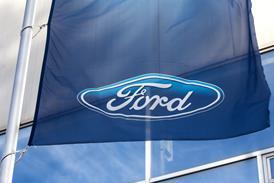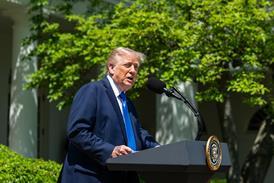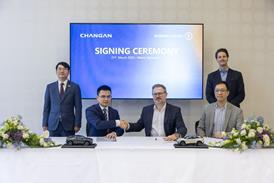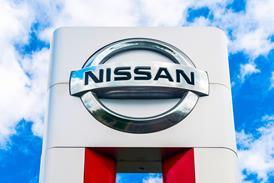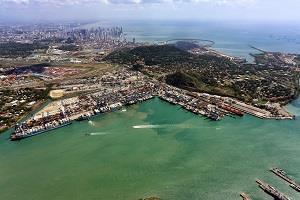 Wallenius Wilhelmsen Ocean (WW Ocean) has added the second of four new post-Panamax ‘Hero-class’ vessels to its fleet of large car and truck carriers (LCTCs). The MV Traviata is calling at Japanese ports on her maiden voyage before sailing the Asia-North America lane.
Wallenius Wilhelmsen Ocean (WW Ocean) has added the second of four new post-Panamax ‘Hero-class’ vessels to its fleet of large car and truck carriers (LCTCs). The MV Traviata is calling at Japanese ports on her maiden voyage before sailing the Asia-North America lane.
The vessel has a capacity of 8,000 car equivalent units (CEUs) and has electrically hoistable deck panels to quickly accommodate variations in cargo mix, the Norwegian company said. The Traviata is part of WW Ocean’s renewal programme, replacing older vessels to increase overall fleet efficiency.
The first of the Hero class, MV Titus, was delivered in June last year. A third is scheduled later this year and the fourth in early 2020.
In its ten months of operation, MV Titus has proved that all the design efforts have paid off, said Michael Hynekamp, chief operating officer at WW Ocean.
“The vessel class sets a new benchmark in terms of energy efficiency, improving consumption by approximately 15%, resulting in considerably reduced emission levels compared to similar vessels in the global fleet,” he added.
Features of the new class highlighted by WW Ocean include an improved cargo-to-ballast ratio and an engine tuned for low-load operation to reduce fuel consumption.
By having a bunker system which operates on different qualities and segregations, Traviata is well prepared for the International Maritime Organisation’s 2020 implementation of new regulations to reduce sulphur emissions.
Also, Titus and Traviata are the first LCTCs built at shipbuilding yard, CSIC Xingang, and the first Chinese-built vessels of their kind in WW Ocean’s fleet, the company said.










